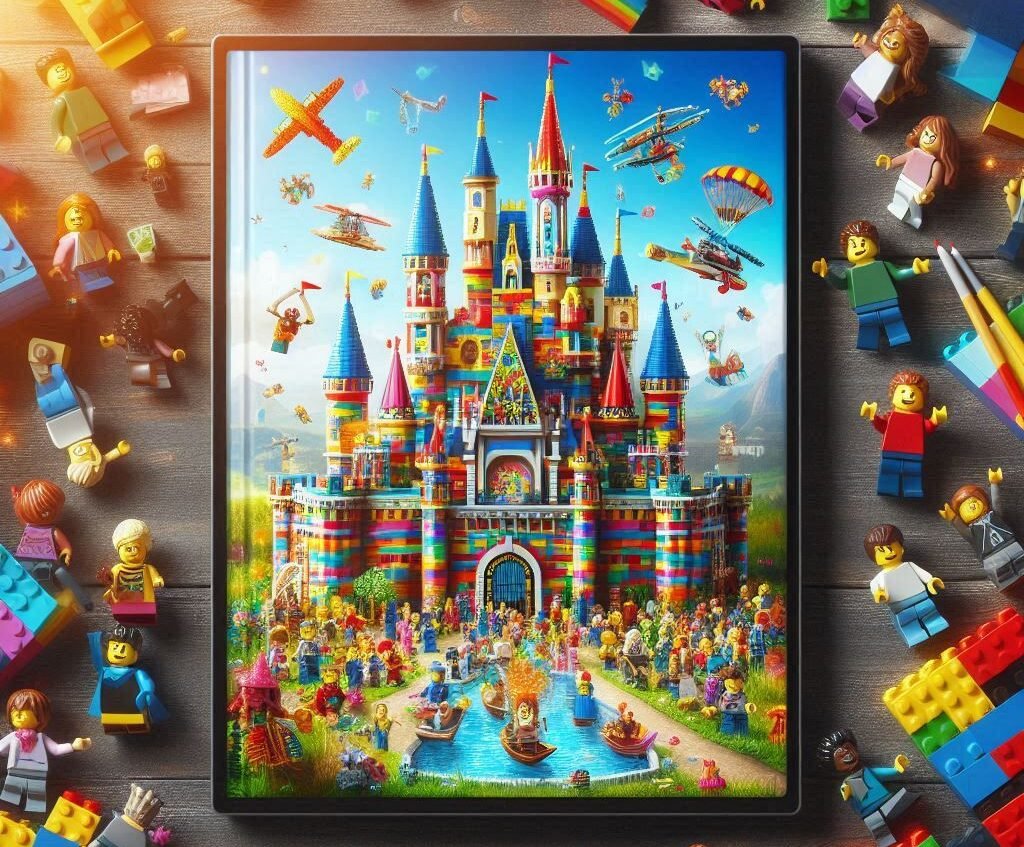
Imagine a world where ghosts casually visit for dinner, a man turns into a fish and swims away, or a woman’s emotions season the food she cooks—so much so that others cry or fall in love after eating it. No dramatic music, no wand-waving wizards, no disbelief. This isn’t fantasy. This is magic realism, where the extraordinary is folded gently into everyday life, as naturally as sugar into tea.
Magic realism doesn’t shout, “Look! Something magical just happened!” Instead, it treats the surreal like it’s perfectly normal. The best part? These stories don’t take place in far-off fantasy lands—they happen in our real, gritty, beautiful, messy world.
You’ve probably encountered magic realism even if you didn’t know the term. “Coco” (Pixar’s animated tribute to Día de los Muertos) brings spirits into the realm of the living without skipping a beat. In “Life of Pi,” a young boy recounts surviving on a lifeboat with a Bengal tiger—maybe a metaphor, maybe not. In “Ponniyin Selvan,” Kalki subtly weaves visions, omens, and fate into the politics and warfare of ancient Tamil Nadu. In Haruki Murakami’s novels, like Kafka on the Shore, cats speak and fish rain from the sky—all served with a calm shrug.
What makes these stories unforgettable is how they blur what we know with what we believe. They don’t ask us to suspend disbelief; they ask us to believe both things at once. Magic realism is a mirror with a crack—what we see might be distorted, but it’s still us, still real, still familiar.
So if you’ve ever felt that life itself is stranger than fiction, you already understand magic realism. It’s not about escaping reality. It’s about recognizing that magic has always been part of it.
RELATED POSTS
View all


